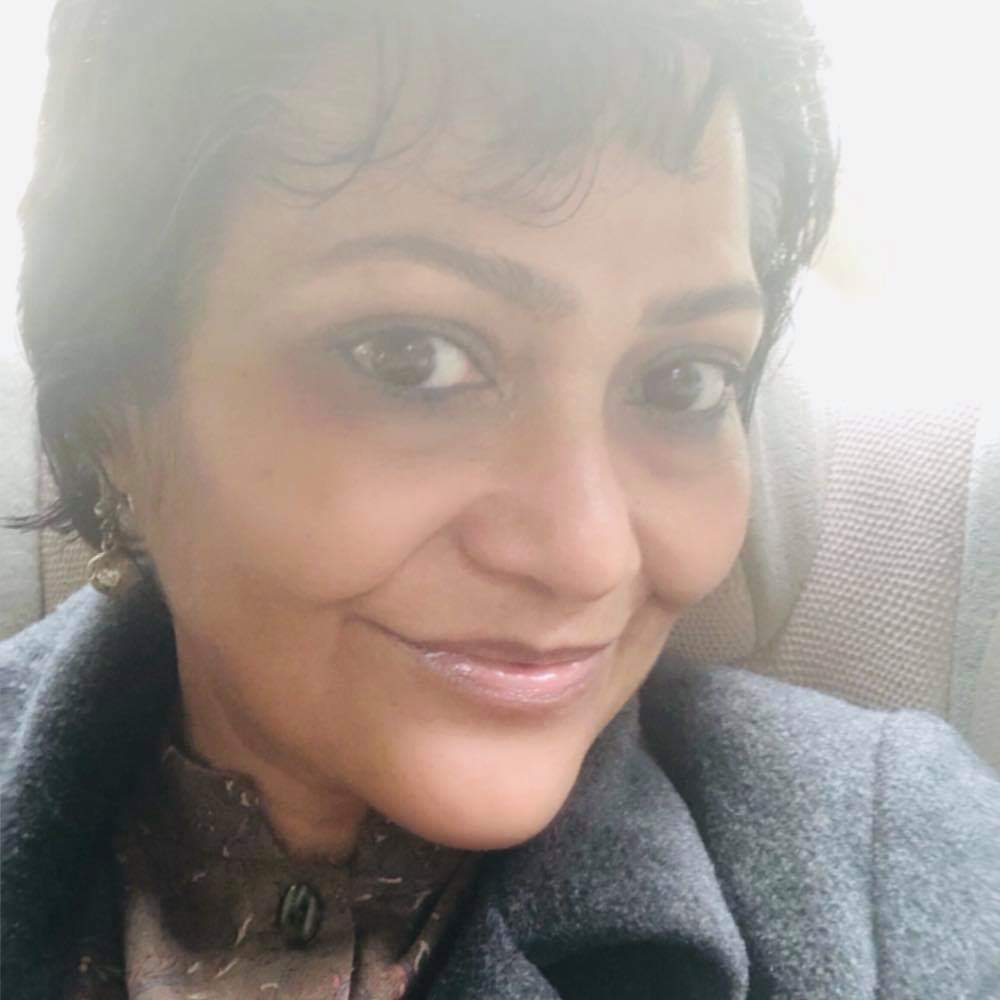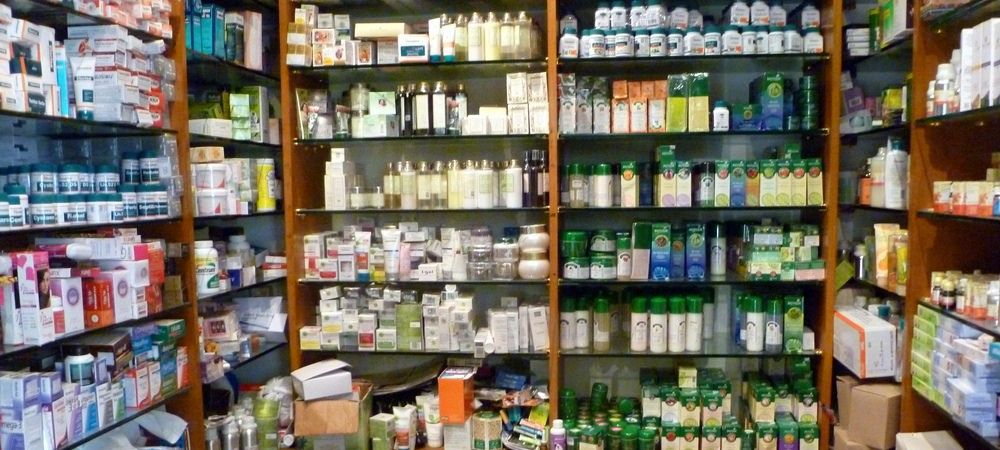The lockdown is revealing the yawning chasm between the urban and rural India
Even in rapidly urbanising India, 69% of the population lives in villages, according to the 2011 Census. But the distribution of health workers and facilities leaves much of rural India in dire straits


The middle-class urban Indians worry about how they will get daily necessities home-delivered during the three-week lockdown in the country. In remote villages like Jhakra, the sole concern is about survival.
Over a crackling phone line, Marianus tells me he is deeply worried about his octogenarian parents. “My father is 85, my mother 80. What will I do if they suddenly fall ill? Earlier, we used the village tempo. But now, the owner will not go. We have heard that the police are stopping all vehicles on the main road.”
Jhakra, where Marianus lives with his family, is in Jharkhand’s Simdega district –– one of the most backward pockets in the country. “There is no primary health centre in the village. The district hospital is five kilometres away. I have to travel a few kilometres just to recharge my mobile connection or fill up my bike.”
Marianus, who works with a community-based organisation, has stocks of rice, daal and salt to feed his family for about a week. Most villagers, he says, are in a far worse situation. They have no work. They have heard government announcements about relief packages, but there is a gnawing fear about the days to come if things don’t start moving very soon.

“What will happen to old people who need to go to a hospital when vehicles are not available?”
The ongoing lockdown –– the world’s biggest curfew aimed at slowing the spread of COVID-19 –– is revealing India’s deep fault lines, including the yawning chasm between the rural and the urban residents, which typically get glossed over in normal times.
Even in rapidly urbanising India, 69% of the population lives in villages, according to the 2011 Census. But the distribution of health workers and facilities leaves much of rural India in dire straits, especially during a medical emergency.
As on March 31, 2018, there were 26,360 sub centres and 1,313 primary health centres in rural India that did not even have a regular source of water.
Primary health centres (PHCs) are supposed to meet the parameters of Indian Public Health Standards in terms of infrastructure and manpower. According to the Economic Survey 2018-19, just about 20% of PHCs in India fulfil these norms. This year’s survey does not tell us if the situation has improved.
Availability of specialists in rural areas is another grim reminder of how the healthcare system caters to the vast majority. One telling indicator –– a quick look at official data on rural community health centres (CHC) reveals that as of March 31, 2019, out of the sanctioned posts, 79.9% of surgeons, 64% of obstetricians and gynaecologists, 77.5% of physicians and 69.7% of paediatricians were lying vacant.

There are 23,582 government hospitals with 710,761 beds in the country, according to the National Health Profile 2018. In rural areas, there are 19,810 hospitals with 279,588 beds. Urban India has 3,772 hospitals with 431,173 beds.
The national discourse pivoting around the novel Coronavirus, or COVID-19, does not always factor in the stark realities for millions of rural Indians. In villages where there is no piped water or acute shortage of water and where frontline health workers are yet to get any protective gear, what does medical preparedness mean?
Currently, there is a global scramble for potentially life-saving equipment like ventilators. Though ventilators do not cure COVID-19, they can help support lung function while a patient’s body is fighting the infection. “Which COVID-19 patient will get a ventilator if there’s a shortage?” asks New Scientist.
In India’s cities, too, there is much anxiety about shortage of ventilators in case the number of people who need them as part of critical care shoots up sharply in the coming days.
Adding to the anxiety is the lack of comprehensive data on many relevant issues.
There are “no official figures on the number of ventilators available in the public sector” in India, a recent study by the Washington-headquartered The Brookings Institution, a public policy organisation, pointed out.

This is sending shock waves through middle class urban India in the time of the Coronavirus. But for rural India, this is the dominant reality. “Patients die due to lack of ventilators and doctors decide who gets a ventilator and who does not. We are prepared for wars, but the primary healthcare system is ill-prepared for an emergency,” says Dr Soumyadeep Bhaumik of The George Institute for Global Health, India. Bhaumik says the current situation –– “an unprecedented scenario” –– provides an opportunity to the government to develop our primary care system as well as strengthen the district and sub-divisional hospitals in rural areas.
“It is not just the new virus. The current situation is causing a lot of anxiety to people who have other ailments. Patients living with other serious health issues are finding it difficult to reach hospitals because of lack of public transport and have to make alternative arrangements,” says Dr Pratyush Kumar, a Patna-based physician affiliated to the World Organisation of Family Doctors.
This grim narrative is playing out in other states too.
Dr Jitendra Chaturvedi, head of DEHAT (Developmental Association for Human Advancement), an NGO, which works in 700 villages in Bahraich and neighbouring districts of Uttar Pradesh, told this writer that some government hospitals were forcing patients with ailments other than COVID 19 to leave. He said he personally had to intervene to get an ambulance for a patient who had just had a hysterectomy (the surgical removal of the uterus) who had been discharged prematurely, and asked to come back after four days to the Bahraich district hospital for after-surgery procedures. The patient had to travel 85 km to get back to her village.

“There is a vital need to avoid mixing up of people suspected of COVID-19 and non-COVID-19 patients through policy measures like having a separate hospital for COVID-19, a separate OPD etc. There should be mandatory screening of all health professionals providing care to prevent hospital-based transmission. During the three weeks of lockdown, it is imperative to do extensive contact-tracing of people who have been diagnosed with COVID-19 , find all those they have been exposed to, isolate them, test extensively,” adds Kumar.
Another doctor working in a government hospital in Patna pointed out other grim facts as the country grapples with discussion about COVID-19 and the number of infected starts rising.
Patients in rural areas, he pointed out, are finding it difficult to procure necessary medicines for tuberculosis, HIV (anti-retroviral treatment), diabetes, hypertension etc. In many parts of rural India, antenatal check-ups have also been affected; diagnostics centres are closed. In Bihar, the government has initiated home visits and telephonic consultation to bridge these gaps but the implementation story is patchy.
For people living in remote rural areas like Jhakra where medical facilities are scarce, being completely cut off is more terrifying than the new Coronavirus.
There is rising anxiety about loss of earnings and the future. There is fear of isolation due to stigma. Health experts say this can affect the testing process that is being scaled up. “Stigma discourages people from voluntarily going to public hospitals for testing. There are reports of many people hiding their travel history because of this stigma. Many also fear they would get infected in public hospitals so they resort to self-medication,” a government doctor told me.
At the time of writing, the total number of Covid–19 cases in the country had risen to 724, with 17 dead. The novel Coronavirus is sending India a message. A health system that is under-funded and over-stretched in normal times will find it much more challenging to cope during a crisis.
Patralekha Chatterjee is an award-winning journalist/columnist, and photographer focusing on development issues. Currently, her writing focuses on the intersection of politics and public policy on a range of inter-linked development issues for Indian and international media.
(Views are personal)

